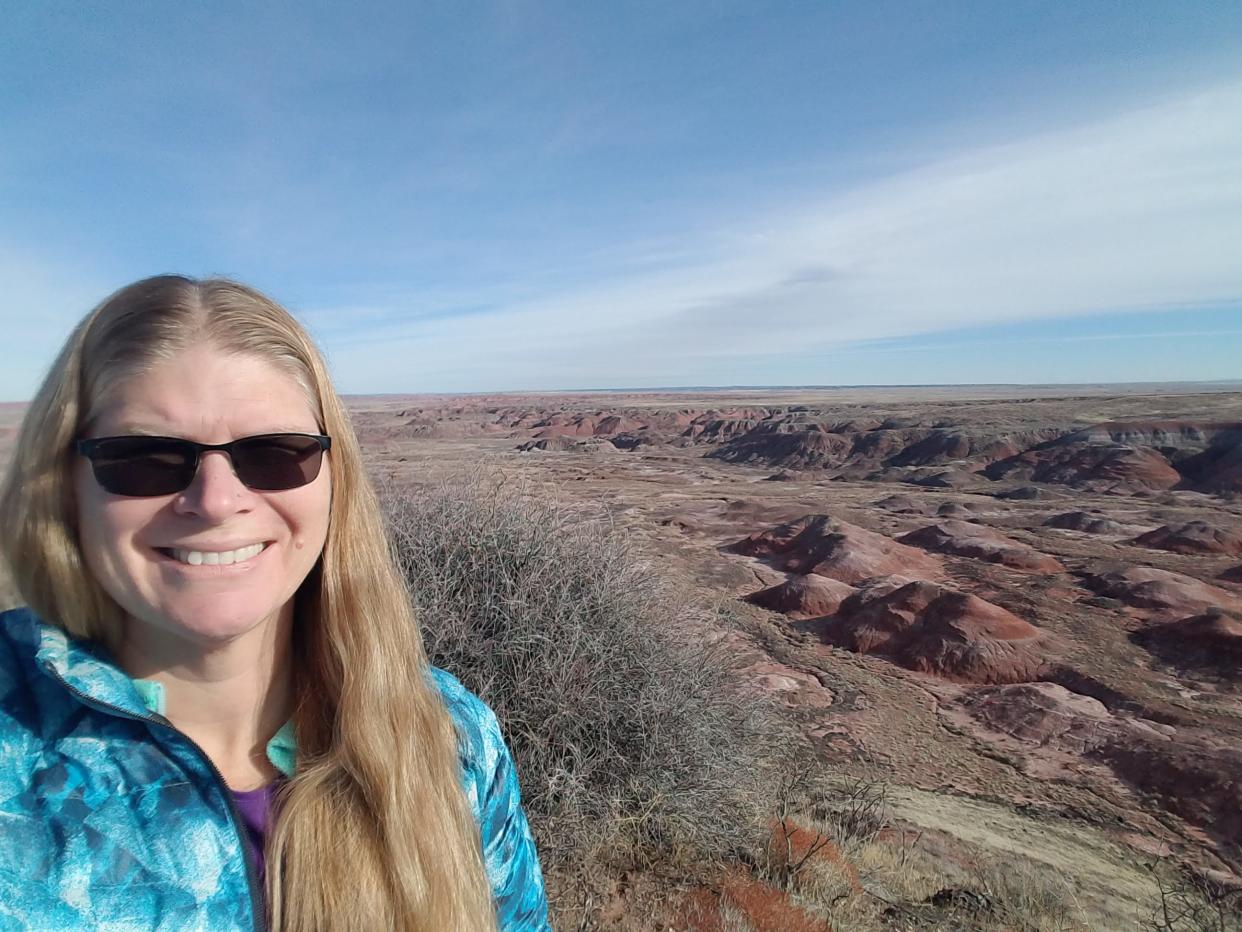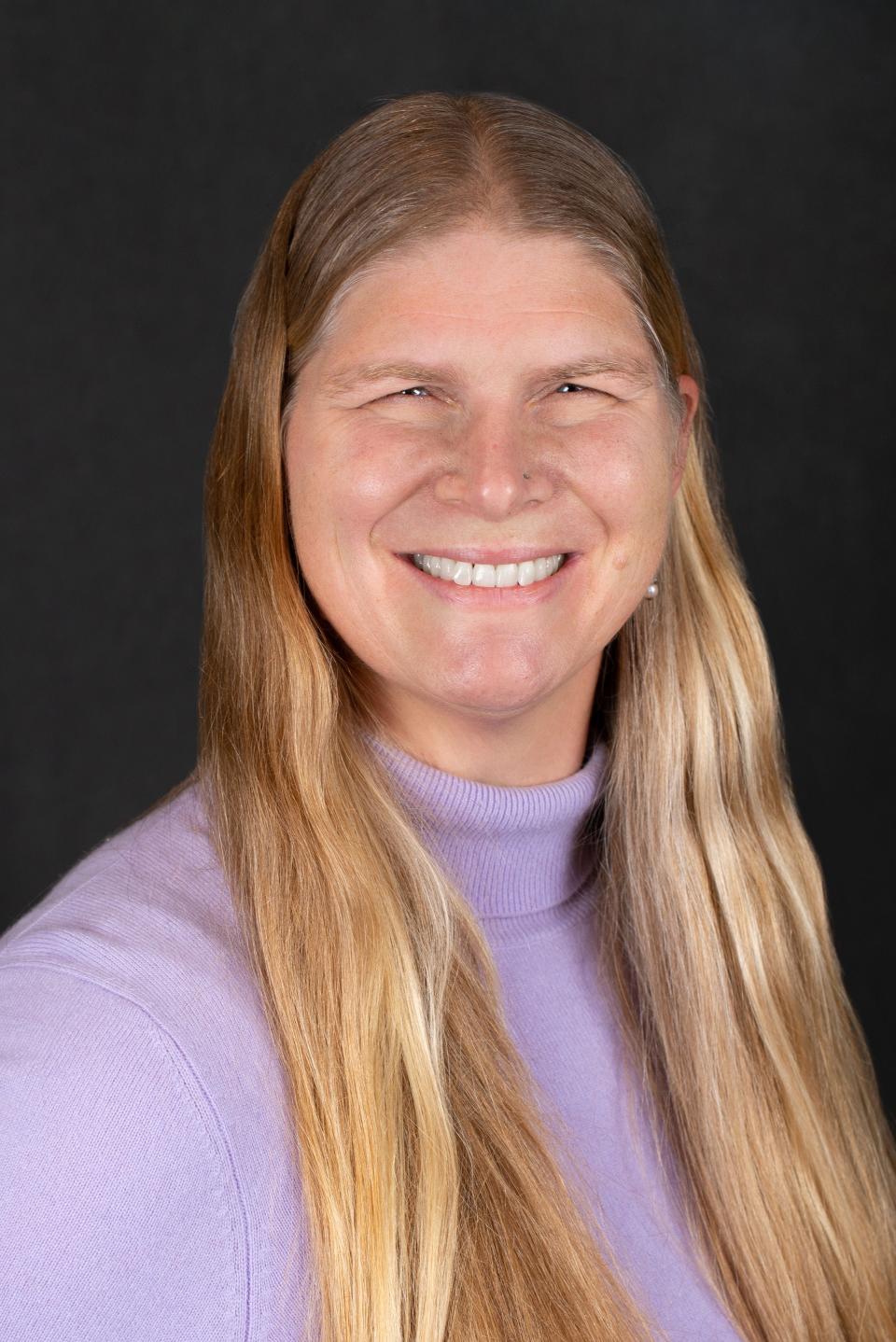Missouri S&T professor explores the history of breakfast cereal in new book

For the first several thousand years of its time of existence, cereal was porridge - grain boiled inside clay pots.
It developed spontaneously around 10,000 years ago in cultures all over the world, said Kathryn Cornell Dolan, a professor at Missouri University of Science & Technology in Rolla. Her new book, "Breakfast Cereal: A Global History" was published by The University of Chicago Press.
"It's a great source of complex carbs," Dolan said of the ancient porridges. "The pyramids were built by people eating wheat-based porridge."
In other regions, it was barley or oats. In the Americas, corn was boiled, she said.
Oatmeal, Malt-o Meal and Cream of Wheat are modern versions of the ancient porridges. That's what cereal was until 1863 when James Caleb Jackson came up with baked wheat he called granula, Dolan said.
"The problem was it was unpalatable unless you soaked it overnight in water or milk," Dolan said.
John Harvey Kellogg tweaked the recipe at his sanitarium in Battle Creek, Mich.
"He came up with his own," Dolan said.
Kellogg called his bran nuggets granola.
"They were bland and quite easy to digest," Dolan said.
Kellogg developed new cereals and formulated new recipes for his patients, patenting cornflakes.
"He was very proud of himself," Dolan said of Kellogg. "He would give tours of his test kitchen."
C.W. Post was very ill when he visited Kellogg's Battle Creek Sanitarium, Dolan said.
It did wonders for his health and his wealth, she said.
"He gets healed," Dolan said. "He goes to the test kitchen and he steals the recipes. He starts a rival sanitarium and breakfast cereal."
Kellogg sues unsuccessfully because Post had altered the recipes slightly, she said.
"Post has his own version of cornflakes and shredded what," Dolan said. "Post starts selling his own cereal and he does great."

Nearly disabled when he entered Kellogg's sanitarium, he now was a healthy millionaire, she said.
Will Kellogg, convinced his brother, John Harvey, to add some sugar to his healthy cereal and market it more widely, a successful strategy.
"Everything kind of comes after that," Dolan said. "Those two names are still really major ones in the cereal business."
A T.C. Boyle novel in 1993 "The Road to Wellville," and a 1994 film are fictionalized versions of the situations, but Dolan said many things in the novel and film are true.
The prepared cereals remained popular during the Great Depression, she said. When people could afford nothing else, they could afford cereal.
"The Great Depression was a boom time for breakfast cereals," Dolan said.
In the 1920s, the government asked cereal companies to add vitamins and minerals to their formulas, credited with reducing childhood diseases and illnesses, she said.
Cereal was eaten by soldiers on battlefields and went to the top of Mt. Everest with Sir Edmund Hillary, she said.
The next market was children, Dolan said.
Television proved the perfect medium for cereal ads marketed to children. Then came cereals like Fruit Loops, Cap'n Crunch and Lucky Charms, in an era of cereal as candy.
Plastic toys were added to cereal boxes.
"The toys came in the 1950s," Dolan said. "They added scads of sugar to get kids to like it more."
The sugar counteracted the health benefits of the vitamins and minerals, she said.
There was a backlash in the 1960s. A startup in St. Louis began producing crunchy granola, made from rolled oats, dried fruit and nuts.
"It was a rebellion against those super sugary cereals," Dolan said.
Granola now is not always healthy, she said.
"Some of them are healthy, but some of them are candy bars," she said. "Who are we kidding?"
People started eating breakfast at home during the pandemic and what they ate was cereal, Dolan said.
"Suddenly everyone was staying home," Dolan said. "There's simply weirdly comforting about those traditional favorites."
They were so popular that some were in short supply.
"There was a run on Grape-Nuts," Dolan said. "You couldn't find them on the shelves."
People were hoarding the childhood comfort food, she said.
"There was a robust aftermarket trade on eBay," Dolan said. She noted a box of Grape-Nuts sold for $100 there.
Post geared up production and thanked their loyal fans, she said.
"They marketed the heck out of it," Dolan said.
Roger McKinney is the Tribune's education reporter. You can reach him at rmckinney@columbiatribune.com or 573-815-1719. He's on Twitter @rmckinney9
This article originally appeared on Columbia Daily Tribune: New book looks at cereal over 10,000 years of marketing and theft

